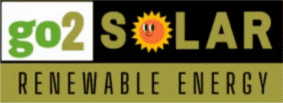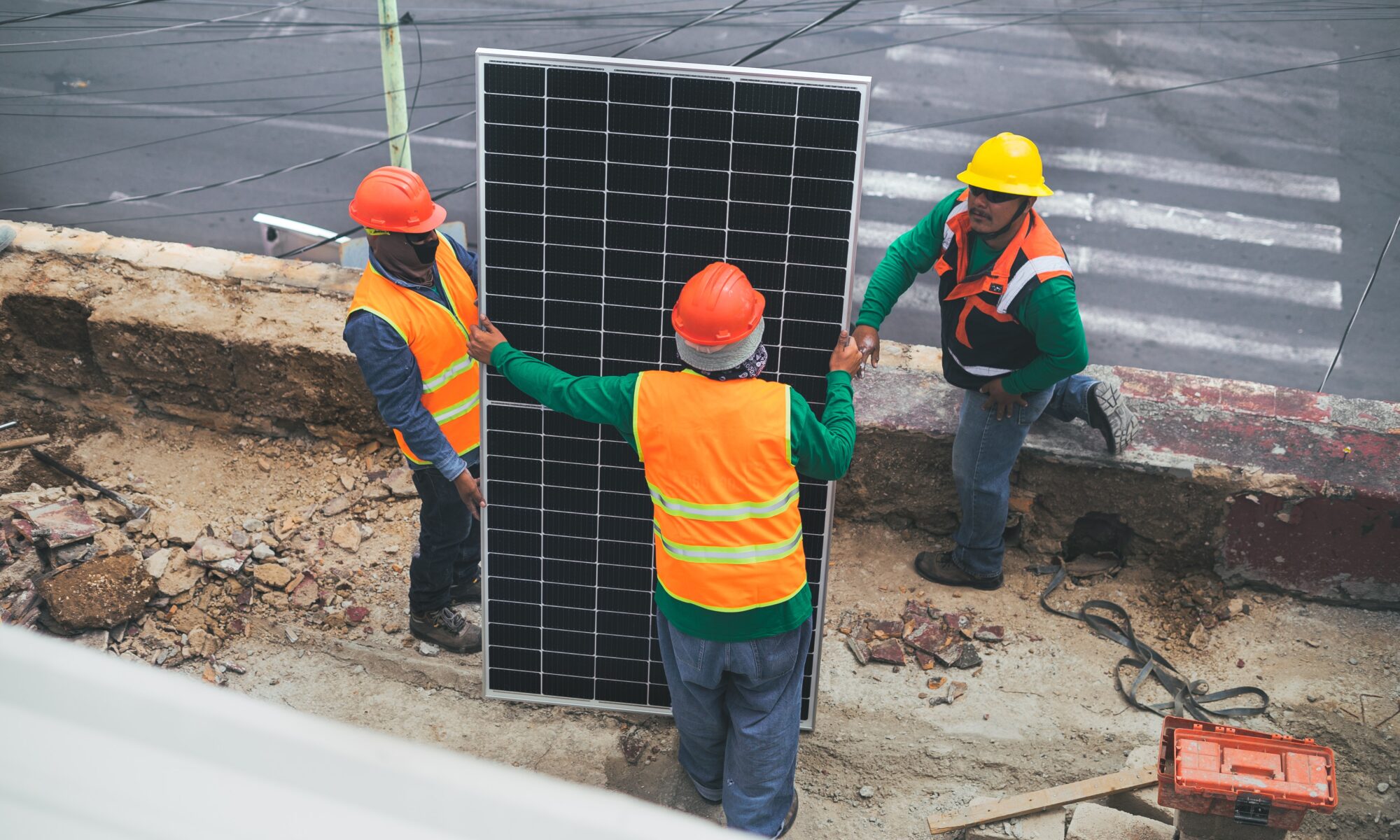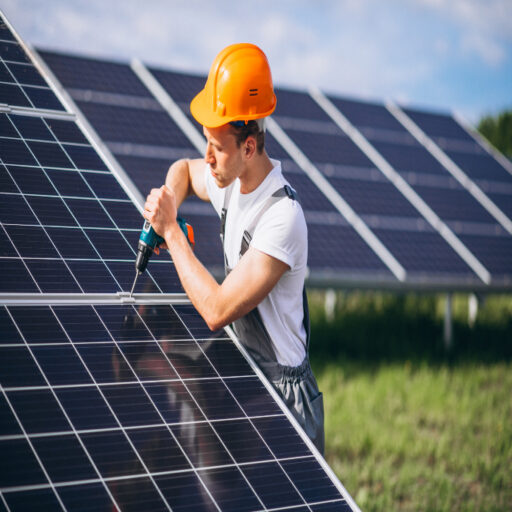Revolutionize Your Energy Bill
Are you interested in going solar but worried about the upfront costs? You’re not alone. The initial investment required to install solar panels can be a barrier for many people. However, emerging technologies are making it easier and more affordable than ever to make the switch to solar energy.
Let’s take a look at some of the ways these technologies are helping people save money by going solar.
Improved Solar Panel Efficiency
One of the most significant advances in solar technology is the improved efficiency of solar panels. New materials and designs are allowing solar panels to capture more sunlight and convert it into electricity more efficiently than ever before. This means you can generate more energy with fewer panels, reducing the overall cost of your solar installation.
Smart Inverters
Solar panels generate direct current (DC) electricity, which must be converted to alternating current (AC) to power your home. Smart inverters are an emerging technology that can optimize the conversion process, improving the efficiency of your solar energy system. They can also help you save money by automatically adjusting the output of your solar panels to match your energy needs throughout the day.
Battery Storage
One of the main drawbacks of solar energy is that it’s only available when the sun is shining. But battery storage technology is changing that. With a solar battery, you can store excess energy generated during the day and use it at night or during cloudy weather. This means you can reduce your reliance on the grid and save money on your electricity bills.
Virtual Power Plants
Virtual power plants (VPPs) are an emerging technology that allows multiple solar energy systems to work together as a single power source. By pooling their energy resources, VPPs can provide more reliable energy and help balance the grid. They can also help homeowners save money by allowing them to sell excess energy back to the grid.
Solar Financing Options
Finally, emerging financing options are making it easier for homeowners to go solar without breaking the bank. Many solar companies now offer leases and power purchase agreements (PPAs), which allow you to install solar panels with little or no upfront cost. Instead, you pay a monthly fee for the electricity your system generates, which is often lower than your current electricity bill.
In conclusion, emerging technologies are making it easier and more affordable than ever to go solar. With improved solar panel efficiency, smart inverters, battery storage, virtual power plants, and financing options, it’s easier to save money and reduce your reliance on the grid. So if you’re interested in making the switch to solar energy, now is a great time to explore your options.
Outbound Links:
https://www.energy.gov/eere/solarpoweringamerica/solar-energy-technologies-office
https://www.seia.org/
https://www.nrel.gov/research/solar.html
Inbound Link:
go2solarnow.com/blog








